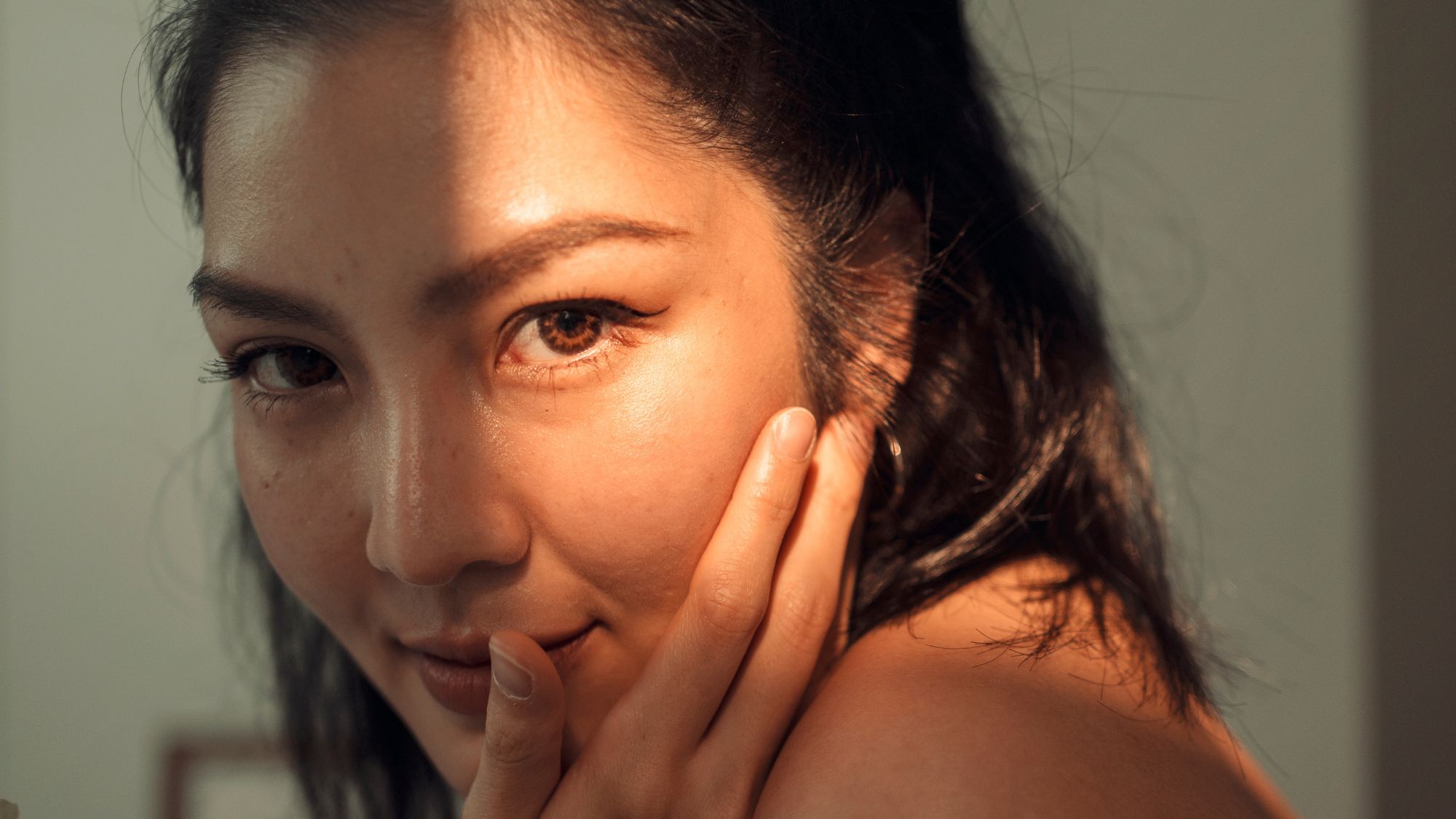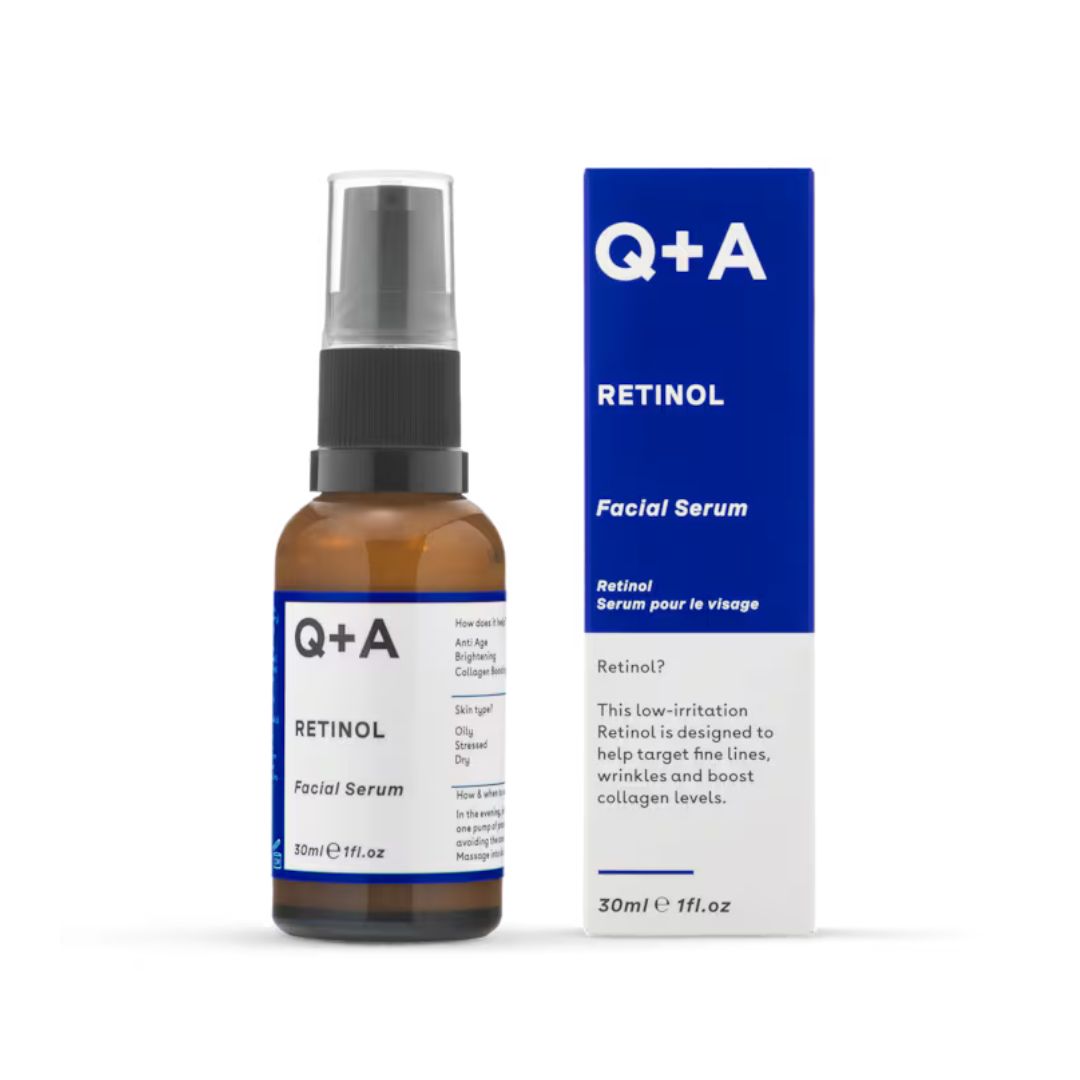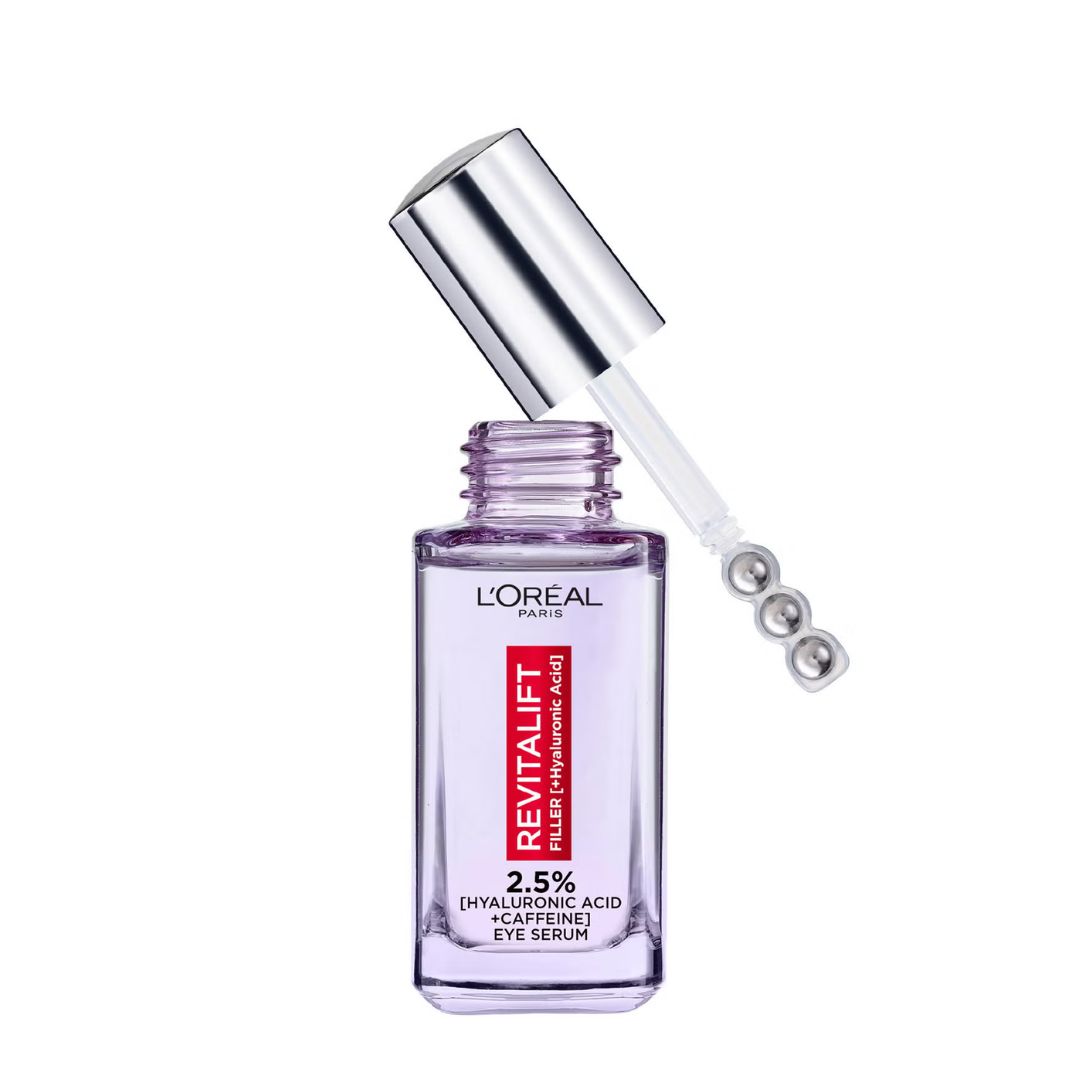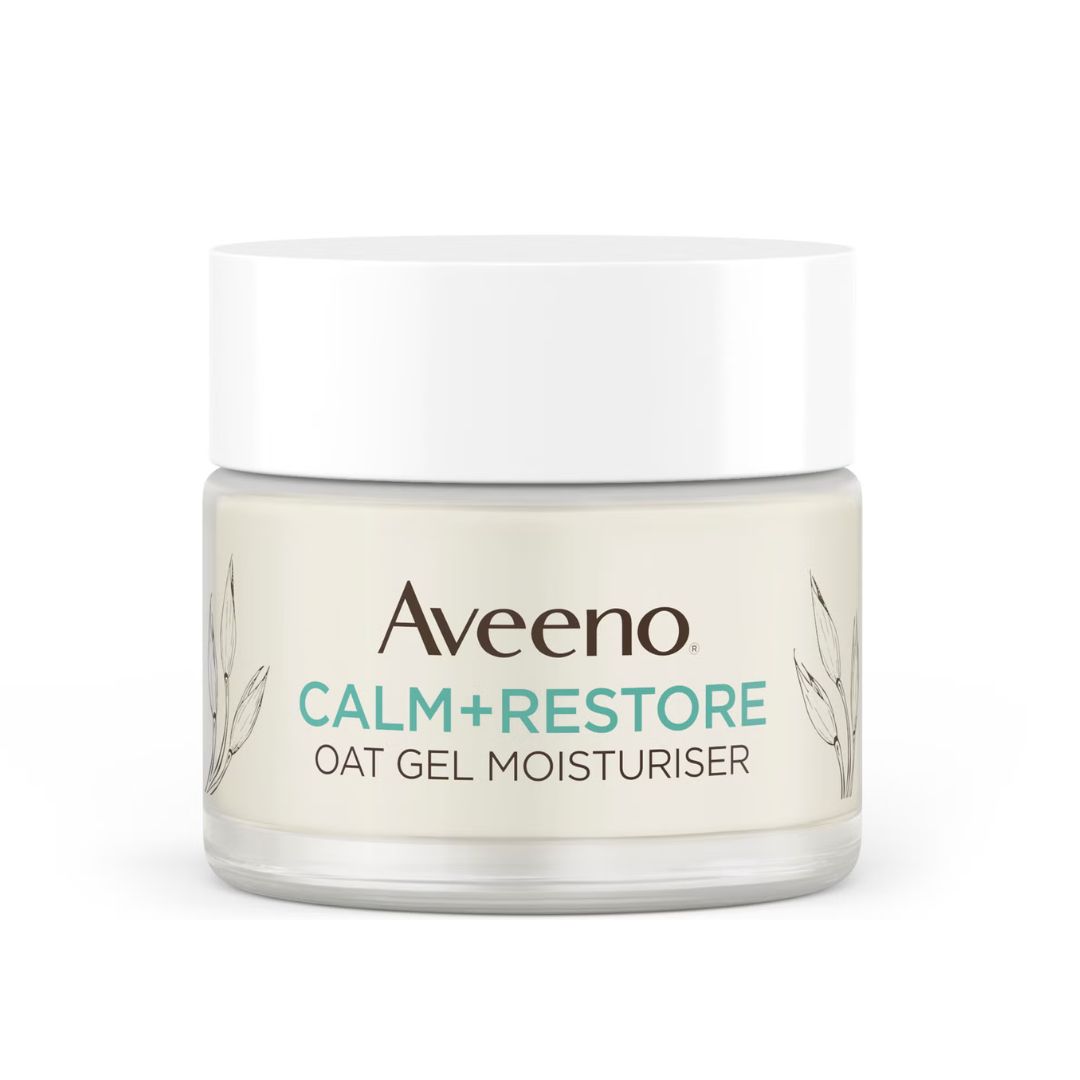I Tried the Dermatologist (And TikTok) Approved 'Skin Cycling' Method For 2 Weeks And My Skin Thanked Me
This straightforward routine has reset my skin


As a beauty editor, I wish that I could say that my bedside cabinet is perfectly neat, with just a few select products, organised and ready for action. In reality, though, it's jam-packed with far too many creams, oils, and serums, and each night I randomly choose a product to use, depending on my mood, the amount of time I have, and how my skin is feeling. I have a few favourites, but I tend to switch up my end-of-day routine regularly.
I know this isn’t the best way of doing my skincare, so when I heard about ‘skin cycling’, I was immediately intrigued. The trend isn't anything new; in fact, "It’s a method that’s been used for years in dermatology," says Consultant Dermatologist & Co Founder of The Skin Diary, Dr Clare Kiely, but it has recently gained popularity on TikTok. It involves following a simple skincare routine over a set number of days to help reinforce your skin barrier.
What is Skin Cycling?
It’s a stripped-back approach to caring for your complexion that works on a cycle of four days, involving active ingredients on days one and two, and then on days three and four changing to gentle and nourishing products, and then repeating that process. "Skin Cycling is a great way to maintain skin health and reap the rewards of active ingredients," says Dr Kiely. The premise behind it is that the last couple of nights give your face time to benefit and recover from the more potent ingredients. It's meant to stop you from overloading on stronger formulations to prevent damage, and over time, strengthen the skin's natural barrier.
"It essentially means strategically choosing which skincare products can be used AM and PM throughout the week to avoid irritation and deliver the best results," Dr Kiely adds. "Common ingredients used in skin cycling include actives like retinoids, antioxidants, AHAs and restoring ingredients like ceramides, shea butter and hyaluronic acid. The reason skin cycling is so important is that our skin can only perform (and look) its best when the skin barrier is healthy." She goes on to say that most people can't handle using active ingredients like retinoids or exfoliating acids every single day. While these actives can be transformative for the skin, overuse can lead to barrier disruption, redness, dryness, and sensitivity. "Skin doesn’t always need to be in ‘go mode,’" she adds. "Rest and recovery are just as important for maintaining long-term skin health. By building in nights where you prioritise barrier repair and hydration, you allow the skin to tolerate actives more effectively over time, often improving your results in the long run."
I liked the sound of it right away, and was drawn in by how easy and fuss-free it is. I can still use all my current favourite overnight products, like my best night cream, but in a more considered way.
My skin has been prone to breakouts and dryness recently, so I was keen to see if it could restore order. I decided to put the method to the test for two weeks—here's how I got on.
My Skin Cycle Routine
Night 1: Exfoliate

Versed Brightening Solution
The first couple of nights involve you using active ingredients to target your concerns. I wanted to focus on the skin's surface to remove dead skin, banish dullness and balance any uneven tone. Peels and exfoliating toners are perfect for this. Look for AHAs like glycolic, lactic and citric acids or BHAs such as salicylic acid.
Celebrity news, beauty, fashion advice, and fascinating features, delivered straight to your inbox!
Firstly, I cleansed as usual with a gentle cleanser and micellar water. Once my face was squeaky clean, I loaded up a cotton pad with Versed Brightening Solution, and swiped it over my bare skin. The combination of glycolic and lactic acid, as well as berry extracts in this toner, gently exfoliates and sweeps away dead skin without the need for harsh scrubbing or rinsing. It also helps to prep and prime my face ahead of the rest of the cycle routine. I finished with my usual night cream.
Night 2: Use a Retinoid

Q+A Retinol 0.2% Facial Serum
The next night, I applied a retinoid. Another type of active ingredient, retinoids, are a form of Vitamin A, and work to speed up cell turnover, which in turn can boost collagen production to fight fine lines, unclog pores and lessen the appearance of hyperpigmentation.
I cleansed as usual, but this time I skipped the exfoliating toner and instead applied a few drops of Q+A Retinol 0.2% Facial Serum. This silky serum uses a combination of retinol, bisabolol and squalane to reboot and replenish skin, and a little goes a long way to work into my face and down my neck. Again, once it had absorbed, I followed up with a night cream and let it work its magic while I slept.
Nights 3 & 4: Hydrate and Nourish
For the next two nights, I focused on hydration and replenishing the skin with gentle and natural ingredients rather than anything too potent. This allows time for your face to recover properly and let your skin's natural barrier strengthen.
In place of punchy ingredients, I opted for nourishing and hydrating products. Post cleanse, I massaged a few drops of L'Oréal Hyaluronic Acid Revitalift Filler Serum over my face. It's one of those hero products that I apply most mornings, but I will also use it at night whenever my skin needs some extra TLC, as it quickly fixes dryness and brings back a smoother feel to my face. I then slathered on a thick layer of Aveeno Calm & Restore Gel Moisturiser. As the name suggests, this velvety smooth gel-cream uses a calming blend of prebiotic oats and botanicals, and it is gentle enough to use on even the most sensitive skin types.
Skin Cycling - My Verdict
Before I go into detail about my results, I thought it was worth mentioning what I used on my face during the day too. The 'skin cycling' method is based on a nighttime routine, but when it came to daytime skincare, I stuck to straightforward and moisturising ingredients rather than anything too complicated. Hyaluronic acid, aloe vera, and ceramides are all gentle and non-irritating. I also made sure that I was topped up with my SPF as using potent products in the evening can make skin much more prone to sun damage.
After two weeks and three full 'cycles', I have to say I'm really impressed with how well this routine has worked for my skin. My skin has been quite reactive recently, and not in a good way. I've had dry patches, alongside blemishes on my jawline, but this simplified regime seems to have my skin back on track.
I have been guilty of overusing retinol and exfoliators in the past, but this new four-day plan prevents that from happening and allows my skin to recover and repair itself after using some of the stronger ingredients. 'Skin cycling' is straightforward and doesn't involve any extra work or effort, but my skin is happier for it. TikTok trends often come and go, but I can see myself sticking to this one.
Is Skin Cycling Better Suited to Certain Skin Types?
Wondering if this simple skincare routine is for you? Dr Kiely told me; "Sensitive skin types are among those who benefit from skin cycling, as the structured routine allows for actives to be introduced without overwhelming the skin. But in reality, nearly all skin types can benefit, especially those new to active ingredients, or those experiencing irritation or dryness. Skin cycling introduces a rhythm to skincare that mirrors the natural healing and renewal processes of the skin, making it a smart approach for building tolerance while avoiding inflammation or barrier damage."

Matilda Stanley is a freelance style editor with over fifteen years of experience in the industry, covering all things fashion, beauty and interiors. She writes and styles for both print and online and will happily report on everything from the latest catwalk trends to bargain skincare buys.

